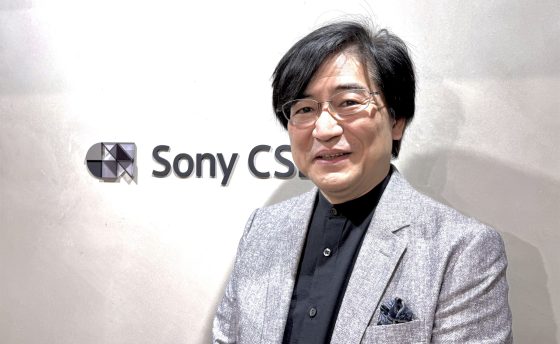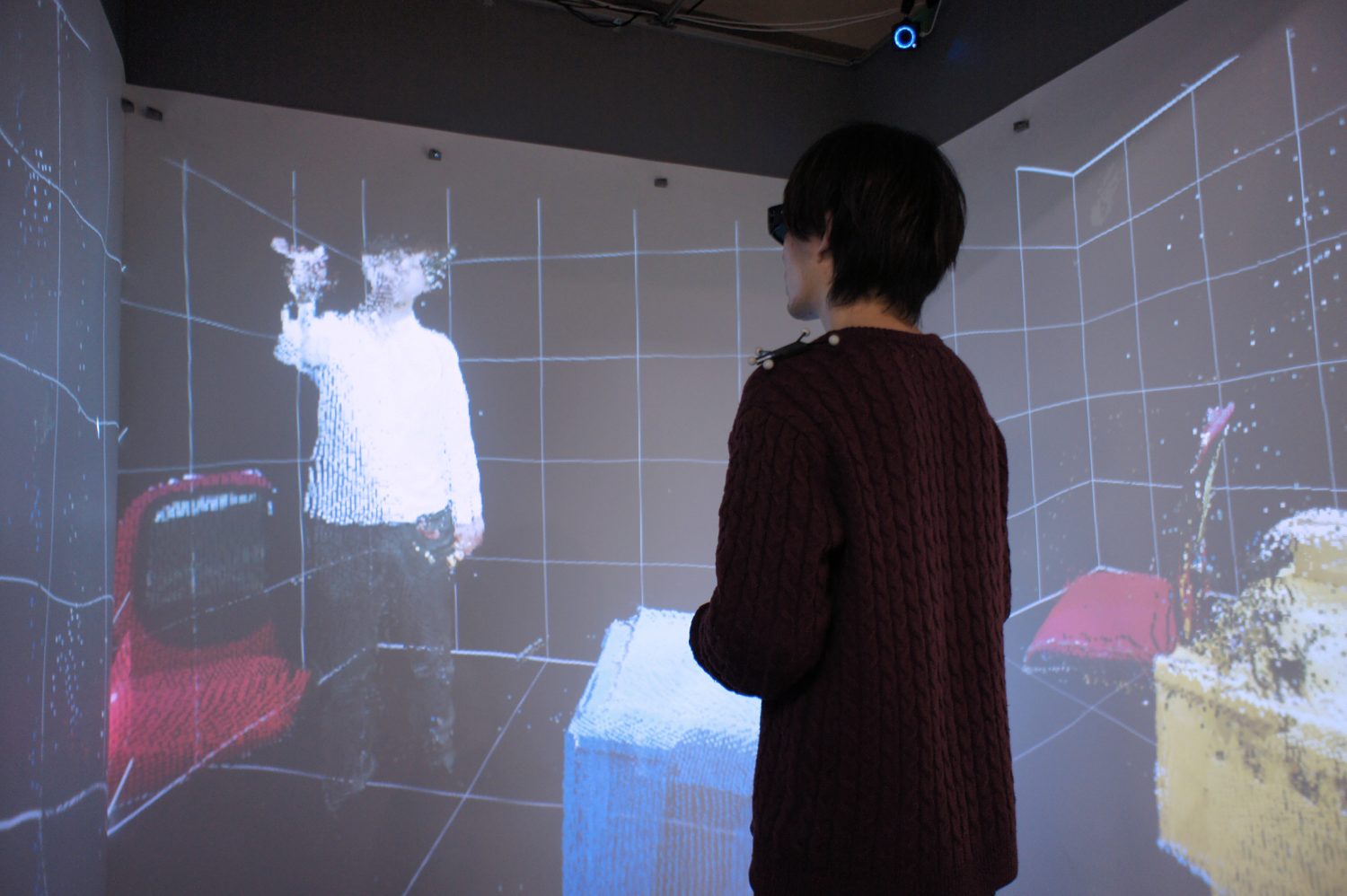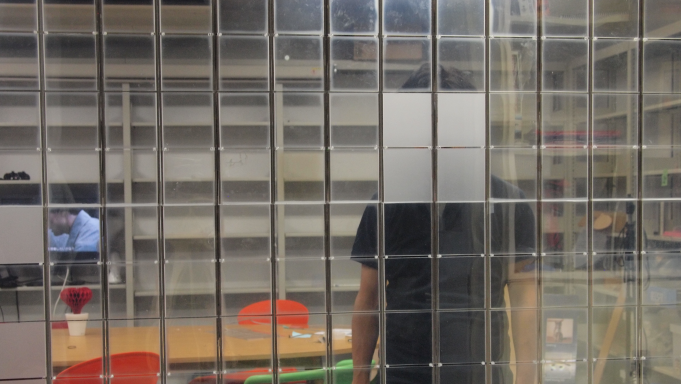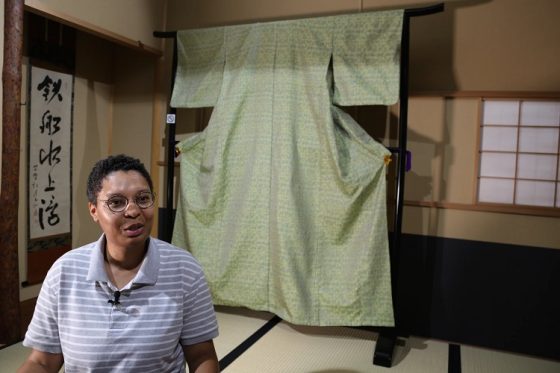より自然な世界に人類を連れて行きたい - 暦本 純一
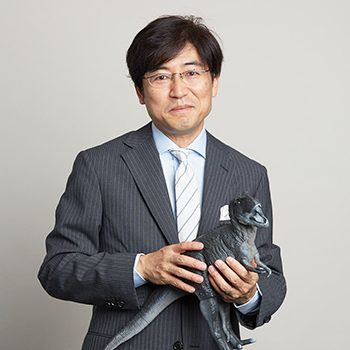
「人馬一体」という言葉に象徴されるように、究極のテクノロジーは人間と相対したり、人間を置き換えるものではなく、人間と一体化し、人間を拡張していくものだと考えています。従来のHCI (human-computer interaction) が人間と機械との界面(Interface)を意識した研究領域なのに対し、私は人間と技術との融合(Human Computer Integration)と呼ぶべき領域に特に着目し、人間の拡張という意味で“Human Augmentation”を提唱しています。「拡張」の範囲は、知的なものにとどまらず、感覚、認知能力、身体能力、存在感、身体システム(健康)に敷衍して考えることができます。このような発想から、"JackIn"と呼ぶ人間や機械への感覚の没入、体外離脱視点による能力獲得などの研究を行っています。人と人、人と技術がネットワーク上で融合し、その能力が相補的に拡張されていく未来社会ビジョン、IoA (Internet of Abilities)を提唱しています。
Worldviews
Keywords
Selected Publications
Hideki Koike and Jun Rekimoto and Junichi Ushiba and Shinichi Furuya and Asa Ito
Human Augmentation for Skill Acquisition and Skill TransferExtended Abstracts of the 2021 CHI Conference on Human Factors in Computing Systems | 2021
Kasahara, Shunichi and Ando, Mitsuhito and Suganuma, Kiyoshi and Rekimoto, Jun
Parallel Eyes: Exploring Human Capability and Behaviors with Paralleled First Person View SharingProceedings of the 2016 CHI Conference on Human Factors in Computing Systems | pages 1561-1572, May, 2016
Rekimoto, Jun
Squama: Modular Visibility Control of Walls and Windows for Programmable Physical Architectures, Advanced Visual Interfacespages 168–171, 2012
Tsujita, Hitomi and Rekimoto, Jun
Smiling Makes Us Happier: Enhancing Positive Mood and Communication with Smile-Encouraging Digital Appliances, UbicompProceedings of the 13th International Conference on Ubiquitous Computing | pages 1–10, 2011
Rekimoto, Jun
Organic interaction technologies: from stone to skinCommun. ACM | Vol.51, pages 38--44, 2008
News & Articles
感覚が個体を形成する ジャッキー・ヒギンズ『人間には12の感覚がある 動物たちに学ぶセンス・オブ・ワンダー』
Tradition meets AI in Nishijinori weaving style from Japan’s ancient capital
Multimodal Silent Speech-based Text Entry with Word-initials Conditioned LLM
